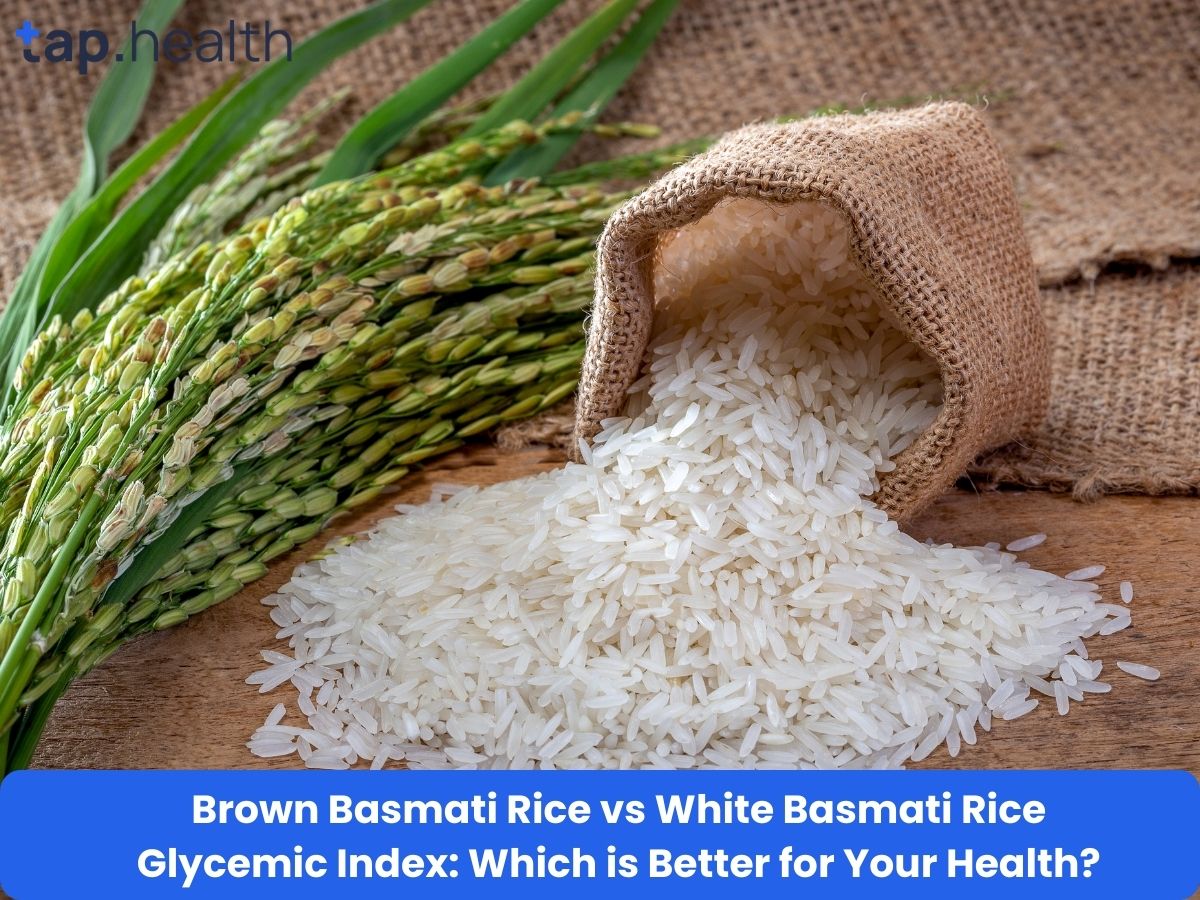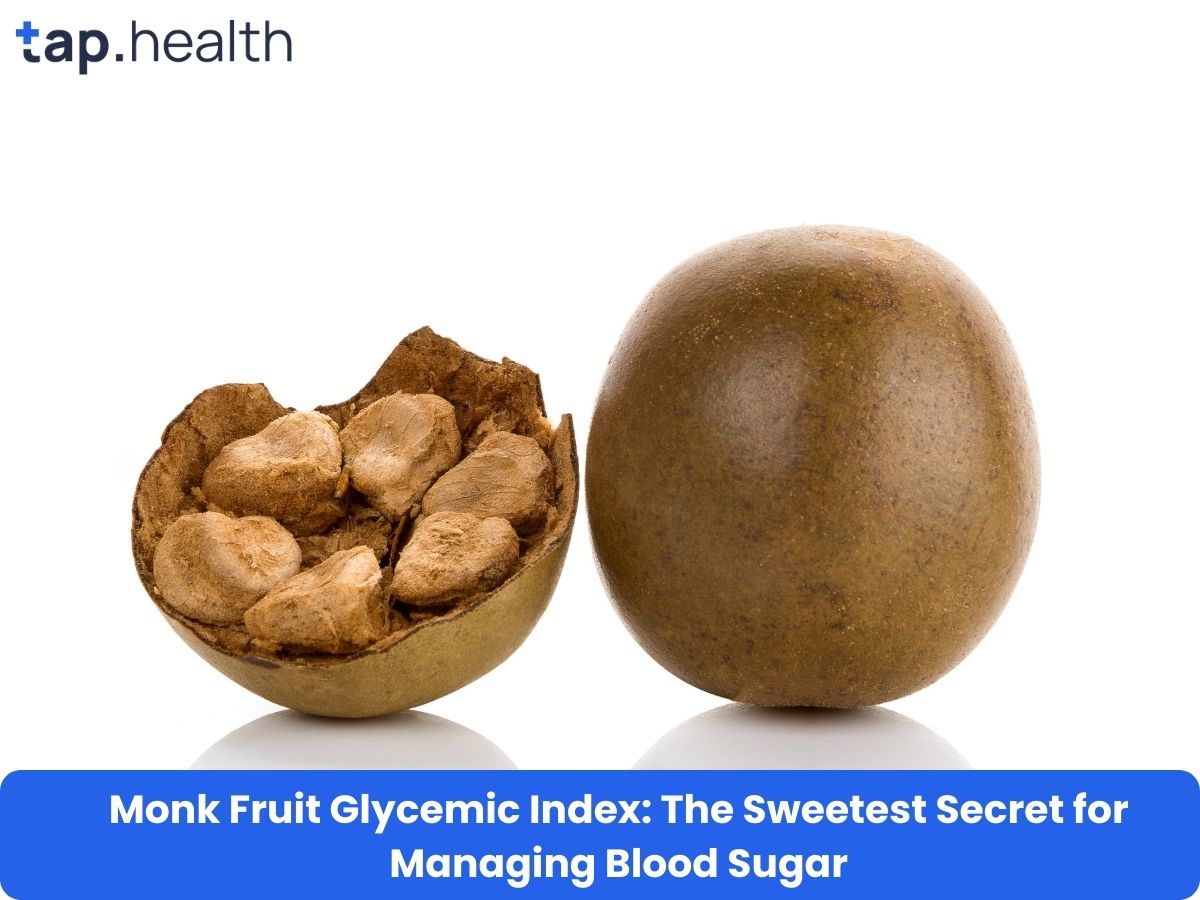Bacon is one of the most beloved breakfast foods around the world. Whether you enjoy it crispy, chewy, or somewhere in between, bacon is a tasty addition to many dishes. However, if you’re watching your diet or just curious about the nutritional content of bacon, you may be wondering: How many calories are in a slice of bacon?
In this article, we’ll break down everything you need to know about the calories in bacon, the factors that influence its calorie count, and how you can enjoy bacon while keeping your calorie intake in check. From the basics of what bacon is to the different types available, we’ll cover it all.
What Is Bacon?
Bacon is a type of cured meat, traditionally made from pork belly or back cuts of pork. The process of curing involves salting the meat and sometimes smoking it to enhance flavor and preservation. Bacon is often enjoyed in breakfast dishes but can also be added to salads, sandwiches, and even desserts for a savory touch.
While bacon is delicious, it’s also known for being high in fat and sodium, which makes it important to consider its nutritional impact when consuming it regularly.
How Many Calories Are in a Slice of Bacon?
The number of calories in a slice of bacon depends on several factors, including the type of bacon (regular, turkey, or low-fat), size of the slice, and how it’s cooked (fried, baked, or grilled). In general, a slice of regular pork bacon contains between 40 to 50 calories. However, this can vary based on factors like thickness, fat content, and cooking method.
Let’s break down the calorie count for different types of bacon and cooking methods:
1. Regular Pork Bacon
Regular pork bacon is the classic variety you’ll find at most breakfast tables. On average, one slice of cooked regular pork bacon (about 12 grams) contains:
- Calories per slice: 42-45 calories (depending on the size and brand)
This bacon is known for its crispy texture and rich flavor, but it’s also higher in fat, especially saturated fat. The calorie content can vary slightly depending on the brand and thickness of the slice.
2. Turkey Bacon
If you’re looking for a leaner alternative to regular pork bacon, turkey bacon is a popular option. Turkey bacon is made from ground turkey meat and is often marketed as a healthier option due to its lower fat content. A slice of turkey bacon generally contains:
- Calories per slice: 30-35 calories
While turkey bacon has fewer calories than regular pork bacon, it still provides a savory, satisfying flavor. Keep in mind that some brands may add extra sodium or preservatives to enhance the taste.
3. Low-Fat Bacon
Some brands offer low-fat bacon, which is made from leaner cuts of pork or processed to reduce the fat content. These types of bacon are designed to provide the same delicious flavor as regular bacon but with fewer calories and less fat. A slice of low-fat bacon typically contains:
- Calories per slice: 30-40 calories
Low-fat bacon can be a good option if you want to enjoy the taste of bacon while cutting down on your calorie and fat intake.
4. Vegan or Plant-Based Bacon
For those following a vegetarian or vegan diet, plant-based bacon or vegan bacon is available. Made from ingredients like tempeh, soy, or coconut, plant-based bacon mimics the flavor and texture of traditional bacon but is free from animal products. The calorie content in a slice of vegan bacon varies based on the brand, but generally it contains:
- Calories per slice: 25-40 calories
Vegan bacon tends to be lower in calories than traditional bacon but may contain added sugars, sodium, or fats to mimic the rich flavor of bacon.
What Contributes to the Calories in Bacon?
The calorie count in bacon can be affected by various factors. Let’s take a closer look at what makes up the calories in bacon:
1. Fat Content
The primary source of calories in bacon comes from its fat content. Bacon is high in both saturated fat and monounsaturated fat, which are responsible for its rich flavor and crispy texture when cooked. A regular slice of pork bacon contains around 3-4 grams of fat, which contributes significantly to its calorie content.
- Fat (per slice): 3-4 grams (for regular pork bacon)
Turkey bacon and low-fat bacon have lower fat content, which is why they tend to have fewer calories than regular pork bacon.
2. Protein Content
Bacon also provides protein, which is essential for building and repairing tissues in the body. While bacon is not as high in protein as some other meat options (like chicken or beef), it still contributes a modest amount.
- Protein (per slice): 2-3 grams (for regular pork bacon)
Protein content in turkey bacon and vegan bacon may vary slightly depending on the ingredients used.
3. Sodium Content
Bacon is known for its high sodium content due to the curing process, which involves salting the meat. This can make bacon a less-than-ideal choice for those trying to limit their sodium intake, especially people with high blood pressure.
- Sodium (per slice): 150-200 milligrams (for regular pork bacon)
If you’re concerned about sodium, consider opting for low-sodium bacon varieties that are available in stores.
4. Cooking Method
The way you cook bacon can affect its final calorie count. Frying bacon in oil or butter can increase the calorie count due to the additional fat. On the other hand, baking or grilling bacon can allow excess fat to drain away, resulting in slightly fewer calories. If you’re trying to cut back on calories, consider cooking bacon in a way that allows the fat to render out, such as baking it on a rack.
- Frying: Adds calories from the oil or butter used in cooking.
- Baking/Grilling: Typically results in fewer calories due to fat drainage.
Nutritional Breakdown of Bacon
Now that we’ve covered the calories in bacon, let’s take a deeper look at its nutritional value. Bacon is a rich source of fat and protein but also contains some important vitamins and minerals. Here’s a general breakdown of what you can expect in a typical slice of regular pork bacon:
1. Fat
As mentioned earlier, fat makes up a significant portion of bacon’s calorie content. In addition to the saturated fat (which can raise LDL cholesterol levels), bacon also contains monounsaturated fat, which is considered a healthier fat type that can help reduce bad cholesterol levels.
- Total fat (per slice): 3-4 grams
- Saturated fat (per slice): 1-2 grams
- Monounsaturated fat (per slice): 1-2 grams
2. Protein
Bacon provides a modest amount of protein, making it a decent addition to a balanced diet. However, if you’re looking for a higher-protein food, consider other options like lean meats, eggs, or plant-based protein sources.
- Protein (per slice): 2-3 grams
3. Vitamins and Minerals
Bacon is a source of certain vitamins and minerals, particularly:
- Vitamin B12: Important for red blood cell production and nerve health.
- Zinc: Supports immune function and helps with wound healing.
- Iron: Important for carrying oxygen in the blood.
- Phosphorus: Helps maintain healthy bones and teeth.
While bacon does provide some beneficial nutrients, it’s important to balance it with other healthier food choices to avoid overconsumption of fat and sodium.
How to Make Bacon Healthier
While bacon can be high in calories and fat, there are ways to enjoy it more healthily. Here are some tips for making bacon a part of a balanced diet:
1. Opt for Leaner Bacon Options
Choose turkey bacon or low-fat bacon to reduce the calorie and fat content of your bacon. These options provide a similar savory flavor with fewer calories, especially if you’re trying to watch your fat intake.
2. Cook Bacon in a Healthier Way
Instead of frying bacon in butter or oil, try baking or grilling it. This allows excess fat to drain away, resulting in fewer calories. Using a rack when baking helps keep the bacon elevated so the fat drips off.
3. Limit Portion Sizes
It’s easy to go overboard when eating bacon, so try to limit your portion sizes. A couple of slices of bacon (around 70-90 calories) can be satisfying when paired with other healthy foods like eggs, vegetables, or whole grains.
4. Balance with Vegetables or Whole Grains
Pair bacon with vegetables, like a spinach salad or roasted asparagus, or with whole grains, like oatmeal or whole-wheat toast. This can balance out the meal and add fiber, vitamins, and minerals to your diet.
Frequently Asked Questions (FAQ) on How Many Calories in a Slice of Bacon? Full Guide
1. How many calories are in a slice of bacon?
A typical slice of regular pork bacon contains about 42-45 calories. However, the exact calorie content can vary based on the brand, size, and cooking method.
2. Is turkey bacon healthier than regular bacon?
Yes, turkey bacon is generally lower in calories and fat compared to regular pork bacon. A slice of turkey bacon contains around 30-35 calories, making it a healthier alternative if you’re looking to reduce fat intake.
3. What’s the difference between low-fat bacon and regular bacon?
Low-fat bacon is made from leaner cuts of pork or processed to remove some of the fat. It has fewer calories and fat than regular bacon, with around 30-40 calories per slice, compared to 42-45 calories in regular bacon.
4. How many grams of fat are in a slice of bacon?
A regular slice of bacon contains about 3-4 grams of fat, with a portion of that being saturated fat. The exact fat content can vary based on the type of bacon and how it’s cooked.
5. Is bacon good for a healthy diet?
Bacon can be enjoyed in moderation as part of a balanced diet. It provides protein, healthy fats, and certain vitamins, but it’s also high in sodium and saturated fat. Choose leaner options and control portion sizes to enjoy bacon in a healthier way.
In conclusion, a slice of bacon typically contains around 40-50 calories, depending on the type and cooking method. Bacon’s calorie content primarily comes from its fat and protein, but it’s also rich in sodium. By choosing leaner bacon options, cooking it in a healthier way, and managing portion sizes, you can enjoy bacon as a delicious treat without overdoing the calories.


